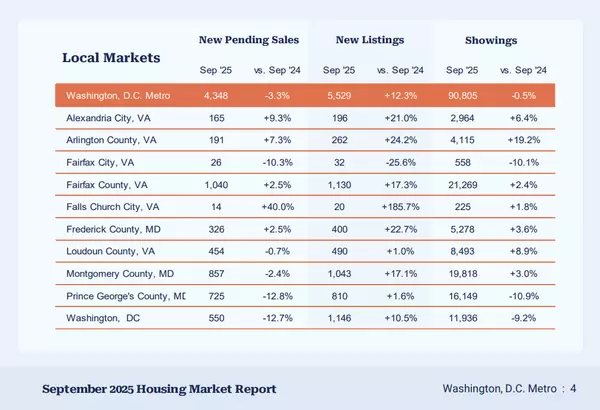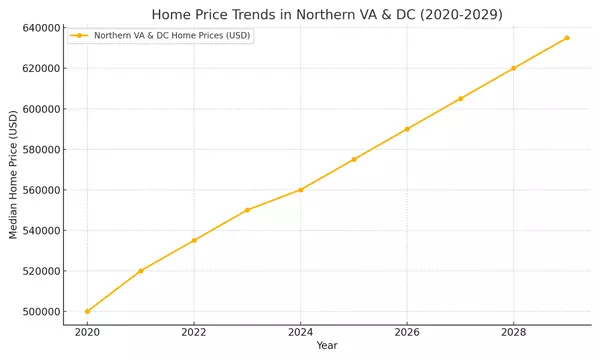The Perks and Pitfalls of Assumable Mortgages
Unveiling The Perks And Pitfalls Of Assumable Mortgages

In the current real estate landscape, assumable mortgages are generating quite a buzz, promising homebuyers access to historically low-interest rates. However, the allure of these loans comes with significant caveats that prospective buyers should carefully weigh.
What Exactly Is An Assumable Mortgage?
Assumable mortgages are essentially the original loans acquired by sellers when they purchased their homes. When these homeowners decide to sell, the new buyers have the option to “assume” the existing mortgage, thereby inheriting the favorable terms secured by the sellers.
The appeal for today’s buyers lies in the fact that many homeowners locked in record-low mortgage rates during the COVID-19 pandemic. By passing on these mortgages to new owners, sellers enable them to enjoy the same low rates, resulting in potential substantial savings.
The Catch: Limited Availability And Eligibility
While assumable mortgages may sound like a dream come true, not all loans can be assumed. Only specific types, such as Federal Housing Administration (FHA), U.S. Department of Agriculture (USDA), and U.S. Department of Veterans Affairs (VA) loans, are eligible. Conventional mortgages, on the other hand, generally do not fall into this category.
However, the catch doesn’t end there. Buyers looking to assume these mortgages must still meet stringent qualification criteria, including high credit scores and low debt. Additionally, sellers might hesitate to transfer VA loans to civilian buyers, potentially losing some of their VA entitlement.
Buyer Beware: Potential Costs And Liabilities
Assumable mortgages may not always be the most financially feasible option, especially for cash-strapped, first-time homebuyers. For instance, assuming a mortgage on a home with appreciating value might require buyers to bring a substantial amount to the closing table.
Consider a scenario where a $400,000 home has a seller’s mortgage of $250,000. In this case, the buyer must come up with $150,000, which many first-time buyers may find challenging. Opting for a second loan to cover the balance can complicate matters, as these loans are harder to qualify for and often come with higher rates and fees.

Key Considerations Before Taking The Leap
Before assuming someone else’s mortgage, buyers should conduct a thorough financial assessment. Consider factors such as the seller’s mortgage rate versus current market rates, the required closing table contribution, and the potential need for a second mortgage. Evaluating the long-term savings and weighing the pros and cons are crucial steps in determining whether an assumable mortgage is the right choice.
In the complex realm of real estate, where enticing offers often come with strings attached, prospective buyers must navigate wisely to make informed decisions. Contact me today so we can discuss the perfect strategy for you.
Recent Posts











